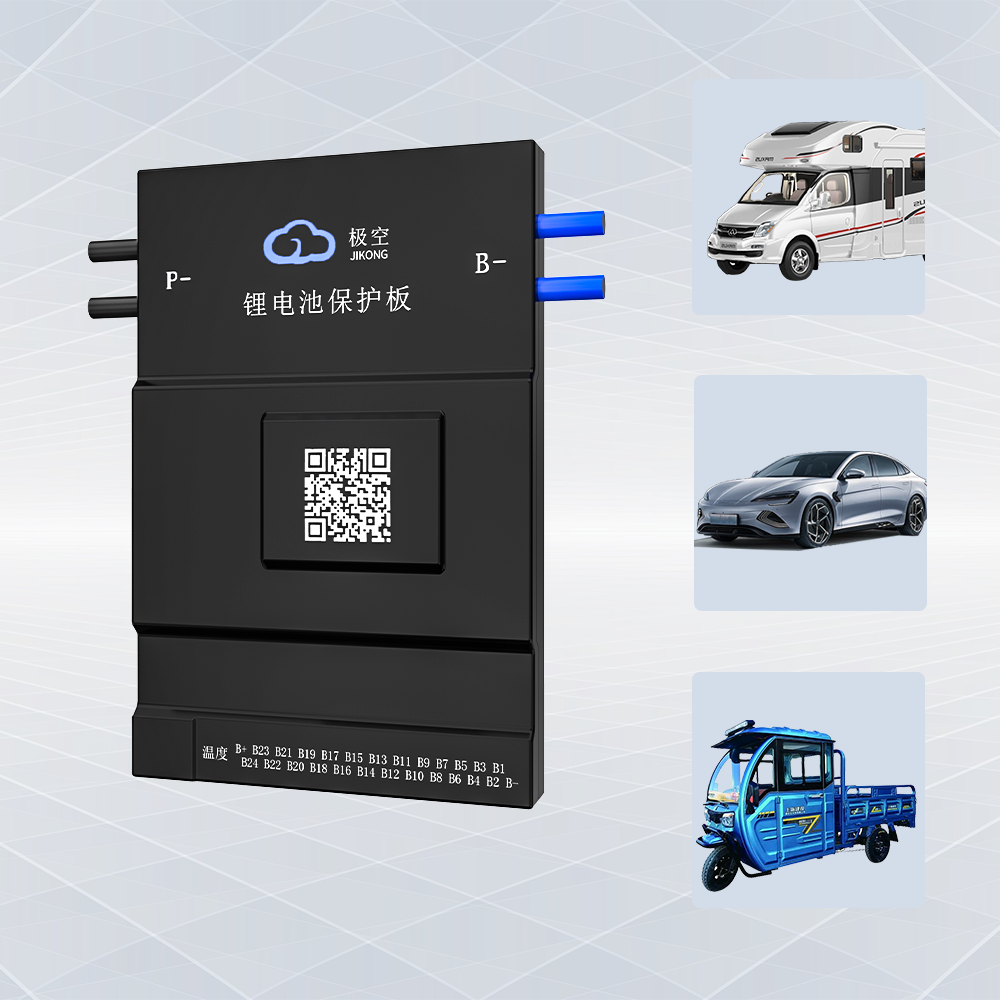Selecting the right Battery Management System (BMS) is crucial for ensuring the optimal performance, safety, and longevity of your battery packs. A well-chosen BMS can monitor and manage various parameters of the battery, such as voltage, current, temperature, and state of charge, to prevent overcharging, over-discharging, and other potential issues. In this blog, we will guide you through the key considerations for choosing the correct BMS for your batteries.
1. **Understand Your Battery Chemistry**
Different battery chemistries have varying requirements for management and protection. Common types include:
- **Lithium-ion (Li-ion):** Requires precise voltage and temperature monitoring due to its sensitivity to overcharging and thermal runaway.
- **Lithium Iron Phosphate (LiFePO4):** Generally safer but still requires careful management to avoid overcharging and over-discharging.
- **Lead-Acid:** Needs monitoring of electrolyte levels and prevention of deep discharge cycles.
Ensure the BMS you choose is compatible with your specific battery chemistry and can handle its unique needs.
2. **Determine Voltage and Current Requirements**
The BMS must be capable of handling the voltage and current ratings of your battery pack. Key points to consider include:
- **Voltage Range:** Ensure the BMS supports the total voltage of your battery pack. For instance, a 48V battery pack might have individual cells that add up to this total voltage.
- **Current Rating:** The BMS should be able to manage the maximum charge and discharge currents your application requires. This includes peak and continuous current ratings.
3. **Assess the Number of Cells**
The BMS should be designed to manage the number of cells in your battery pack. For example, a 14S (14 series) BMS is suitable for a battery pack with 14 cells in series. Ensure that the BMS supports the configuration of your pack, whether series or parallel.
4. **Consider Balancing Requirements**
Cell balancing is critical for maintaining the health and efficiency of your battery pack. There are two main types of balancing:
- **Passive Balancing:** Discharges higher voltage cells through resistors to match the lower voltage cells. It’s simpler and cheaper but generates heat.
- **Active Balancing:** Transfers energy from higher voltage cells to lower voltage cells. It’s more efficient and generates less heat but is more complex and expensive.
Choose a BMS with the appropriate balancing method based on your application and budget.
5. **Look for Protection Features**
A good BMS should offer a range of protection features to safeguard your battery pack, such as:
- **Overcharge Protection:** Prevents cells from exceeding their maximum voltage.
- **Over-discharge Protection:** Prevents cells from dropping below their minimum voltage.
- **Overcurrent Protection:** Prevents excessive current that can damage the cells.
- **Short-circuit Protection:** Protects against short-circuit conditions.
- **Temperature Protection:** Monitors and manages cell temperature to avoid overheating.
6. **Communication and Monitoring Capabilities**
Advanced BMS units offer communication protocols like CAN, SMBus, or UART, allowing integration with other systems for real-time monitoring and control. Features to look for include:
- **Data Logging:** Records historical data for analysis and troubleshooting.
- **Remote Monitoring:** Allows you to monitor the status of your battery pack remotely.
- **Alerts and Notifications:** Provides alerts for any abnormalities or faults detected.
7. **Ease of Installation and Integration**
The BMS should be easy to install and integrate into your existing battery system. Look for user-friendly interfaces, clear instructions, and comprehensive support from the manufacturer.
8. **Reliability and Brand Reputation**
Choose a BMS from a reputable manufacturer known for producing reliable and high-quality products. Check reviews, testimonials, and ratings to ensure you are investing in a dependable system.
Conclusion
Selecting the correct BMS for your batteries is essential for maximizing their performance, safety, and lifespan. By considering factors such as battery chemistry, voltage and current requirements, cell count, balancing needs, protection features, communication capabilities, ease of installation, and brand reputation, you can make an informed decision that best suits your application.
For more information on HAKADI's advanced BMS solutions and how they can enhance the performance of your battery systems, please contact us or visit our website.

